One of the common themes for new cruisers is that steep learning curve. Often I’m asked how I learned it all and how I know what I do.
Every so often, someone will say something about how I seem to know everything. I try hard not to burst out in laughter.
How did I learn what worked? Whether it’s repairs and maintenance, storage, provisioning or anything else on the boat, the answer is usually the same: by doing things wrong at least once. Some things I’ve managed to screw up multiple times in multiple ways before figuring out what works. I’ve had some epic troubleshooting sessions. Sometimes I got lucky and someone saw me struggling and told me a better way right off the bat. Sometimes Google was benevolent and quickly gave me an answer.
A while back, a friend let me use a story of his deferred maintenance that almost turned into a disaster (read it here) and added this comment to the post: “I always wanted to be a cautionary tale when I grew up. Success!!!”
That really struck a chord with me. It’s actually the essence of The Boat Galley. Passing on all that I’ve learned the hard way so that others hopefully don’t make the same mistakes.
I try to explain what went wrong with a technique I’ve tried or a product I bought when it hasn’t quite turned out the way I had hoped. And when I’ve found something that does work well, I want to share that, too. Just as experienced cruisers shared with us as we started out.
I firmly believe that living aboard and cruising keeps us young. Every day, we face a new challenge or two — and meet it. Our brains and bodies stay active.
On one hand, the learning curve may frustrate us. But on the other, it does keep our lives interesting. Luckily, it flattens out considerably after the first year. And every time we master a new challenge, there’s an undeniable triumph.
Keep at it. Just when things seem really tough, you’ll have a breakthrough. We all have doubts and screwups. Just keep going forward. You CAN do this!
Without challenges, there are no triumphs.

Quickly find anchorages, services, bridges, and more with our topic-focused, easy-to-use waterproof guides. Covering the ICW, Bahamas, Florida, and Chesapeake.
Explore All Guides

Carolyn Shearlock has lived aboard full-time for 17 years, splitting her time between a Tayana 37 monohull and a Gemini 105 catamaran. She’s cruised over 14,000 miles, from Pacific Mexico and Central America to Florida and the Bahamas, gaining firsthand experience with the joys and challenges of life on the water.
Through The Boat Galley, Carolyn has helped thousands of people explore, prepare for, and enjoy life afloat. She shares her expertise as an instructor at Cruisers University, in leading boating publications, and through her bestselling book, The Boat Galley Cookbook. She is passionate about helping others embark on their liveaboard journey—making life on the water simpler, safer, and more enjoyable.



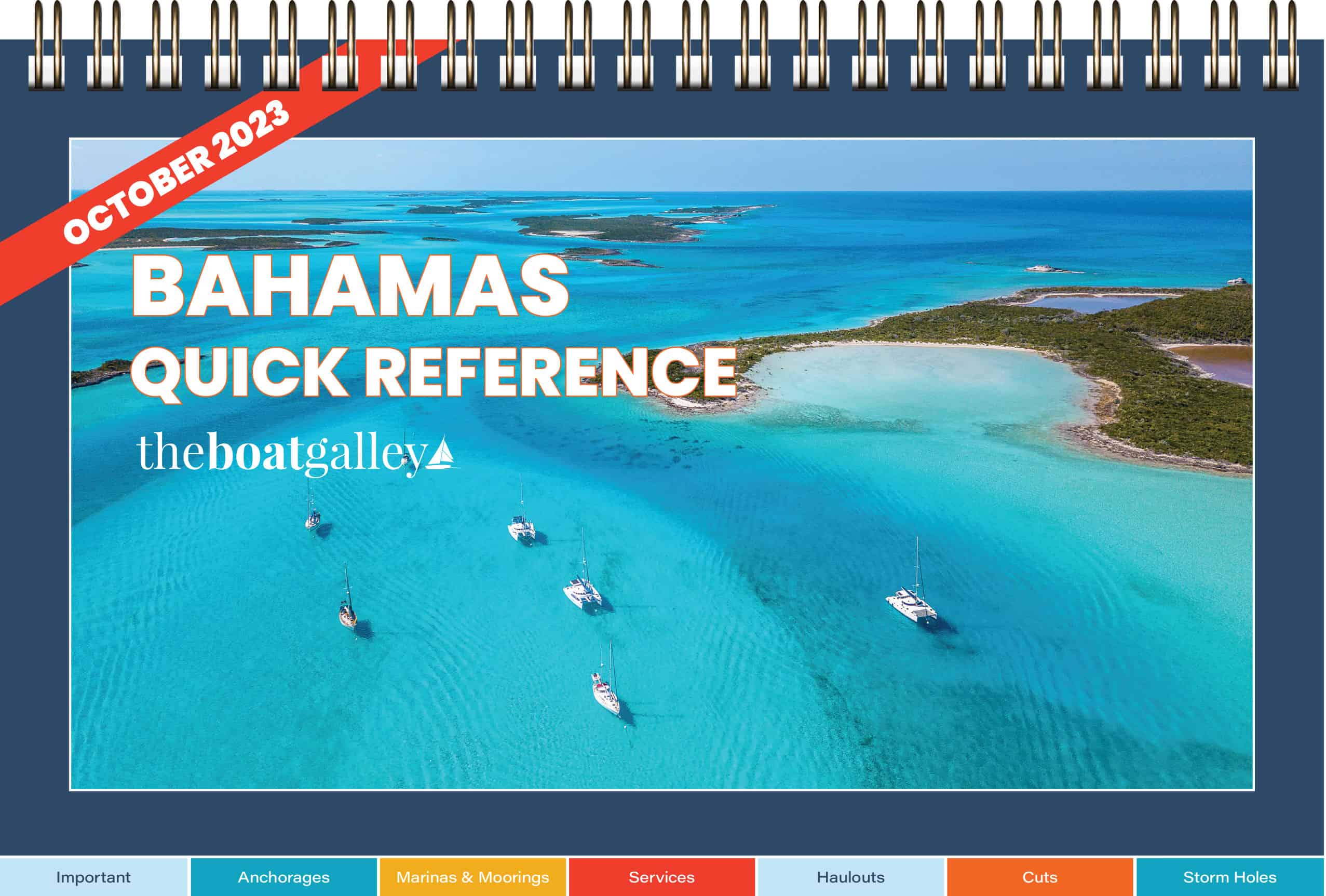
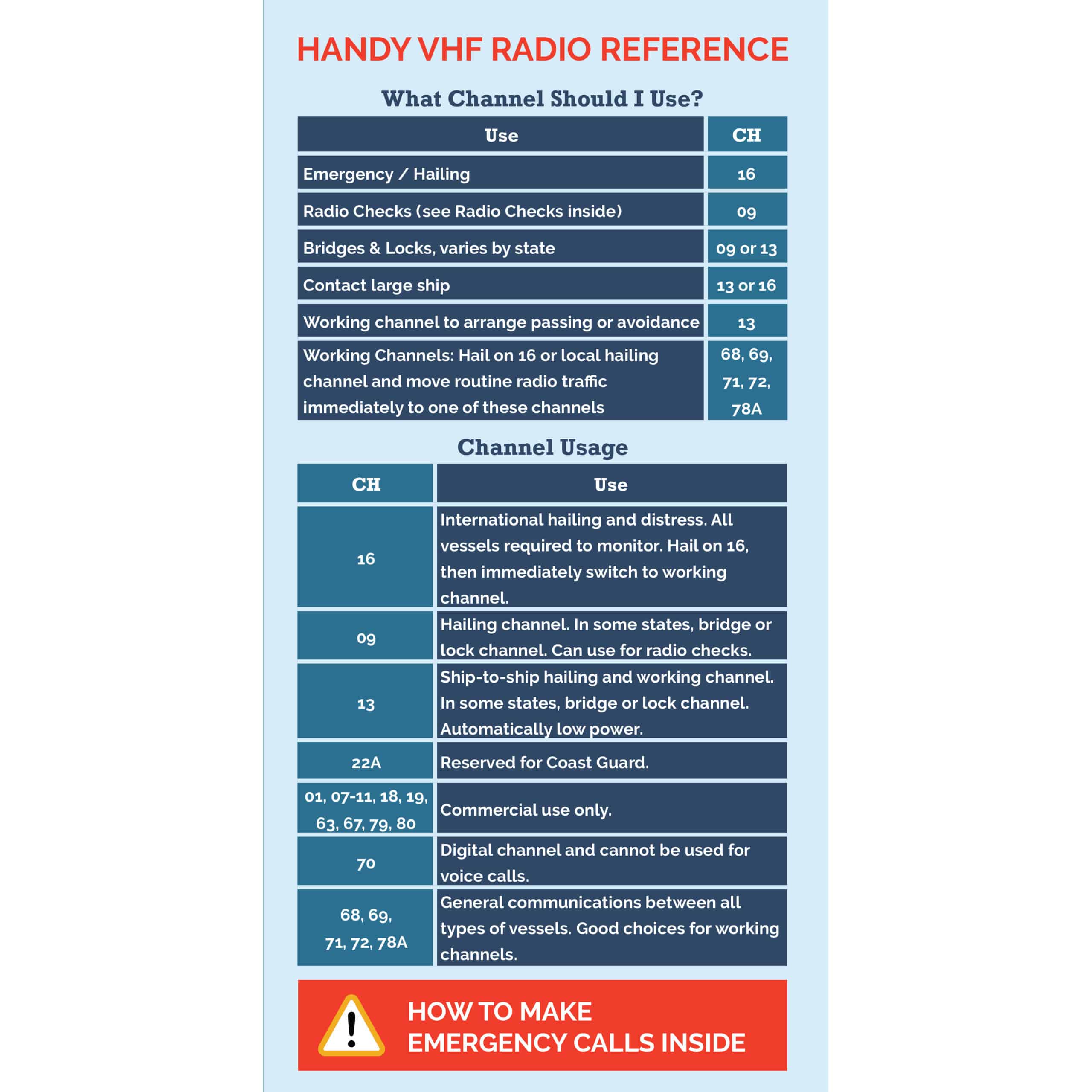
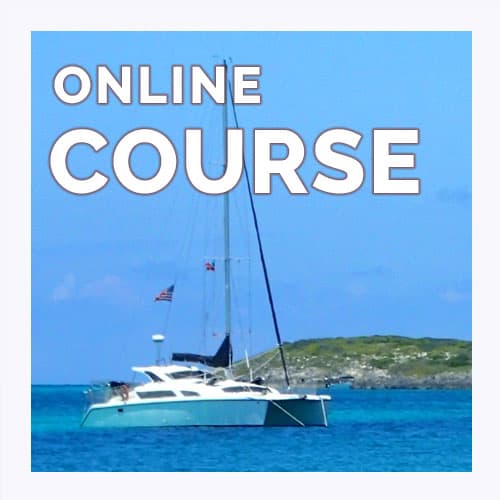


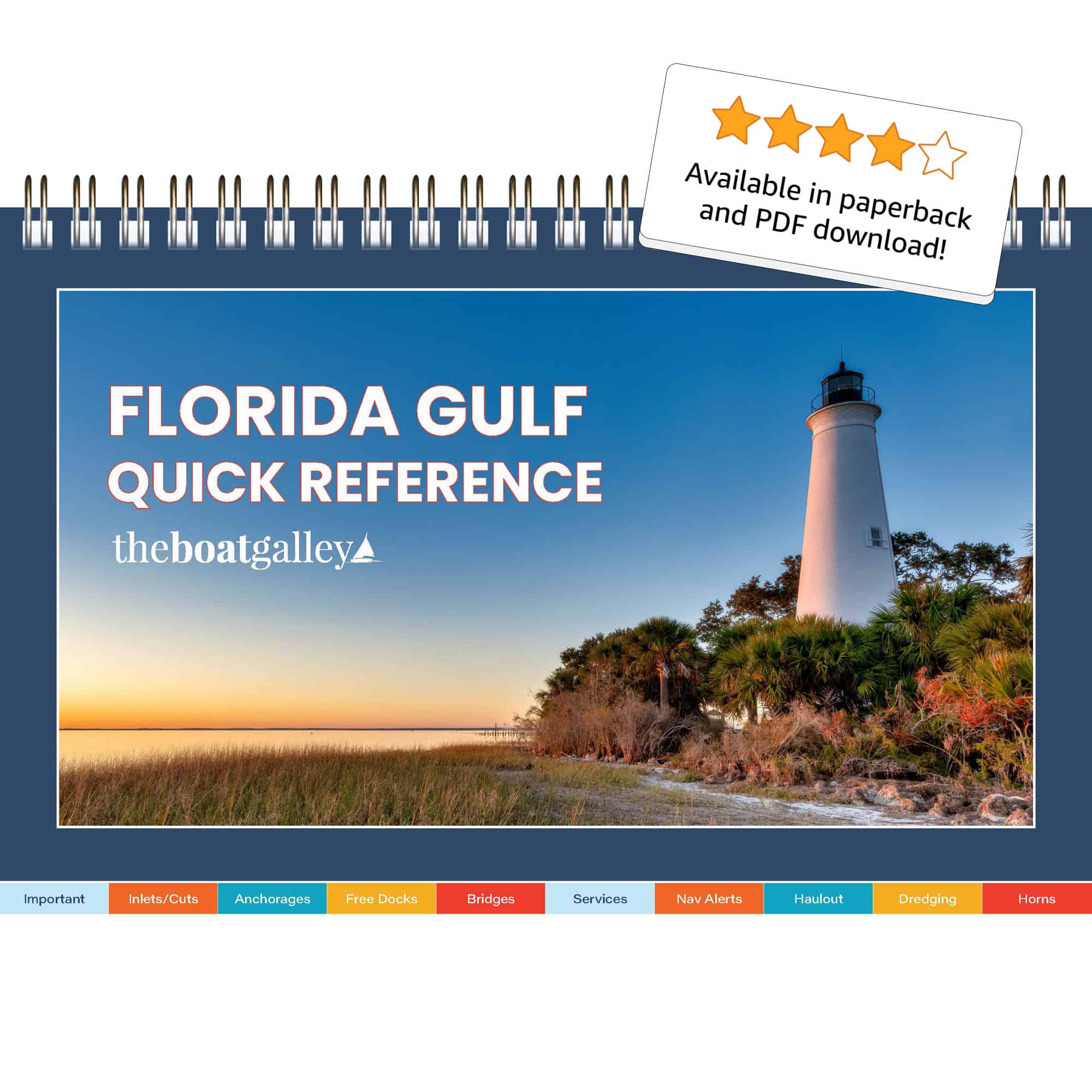

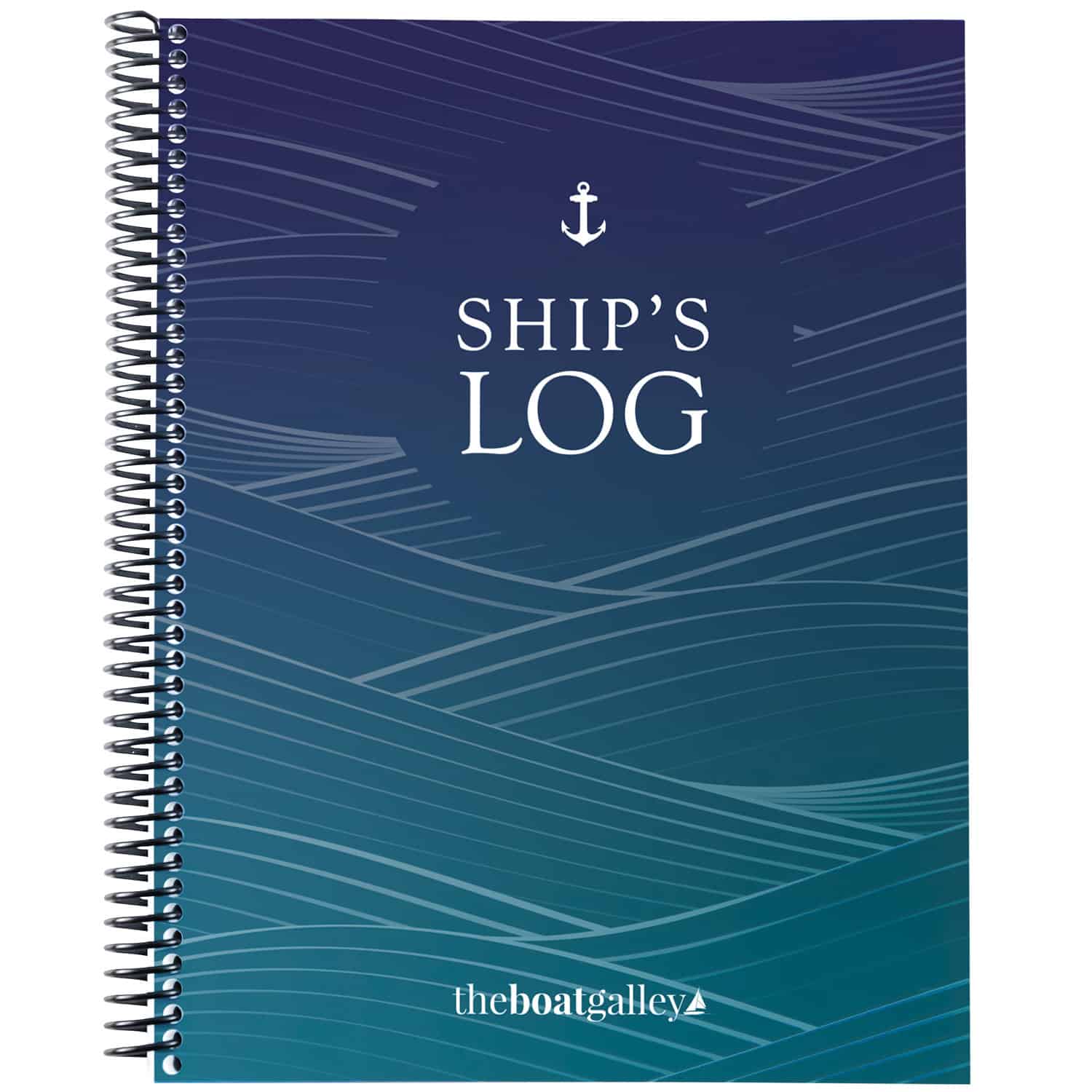
Melody-Charlie Cook says
I agree. The first seven months have been a tremendously steep learning curve. Makes for long, long days.
Bill Barton says
Each time a manufacturer produces a new model, the resultant craft is a collection of equipment and systems installed in and on a hull. No one produces a “Haynes manual” for the boat. If you are fortunate, you may get the individual manuals and parts diagrams for most of the individual parts.
It is up to the boat owner to deduce how the various systems work together. After a couple of sailing seasons you will have learnt to rectify what regularly goes wrong with the numerous systems on your particular boat. Remembering what worked the last time saves a lot of avoidable grief.
This only leaves the bigger items that gradually wear out over a longer period of time … still, you do need something to keep you occupied whilst sailing.
Rebecca Guthrie says
Carolyn you are an inspiration and your words help me as I climb the first year learning curve challenges. Thank you for adding positive energy into our world. So glad I had the privilege to meet you face to face…..Blessing…Rebecca and Shay.